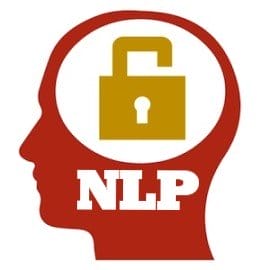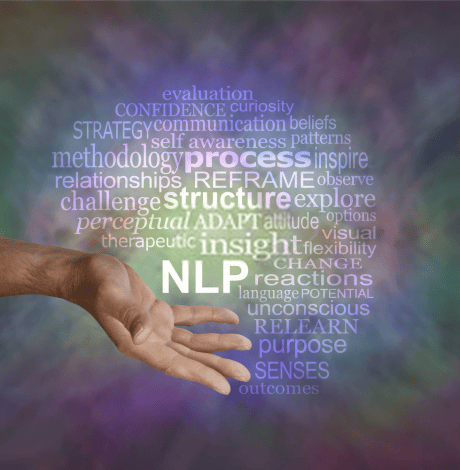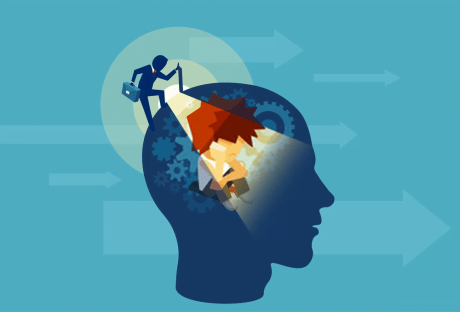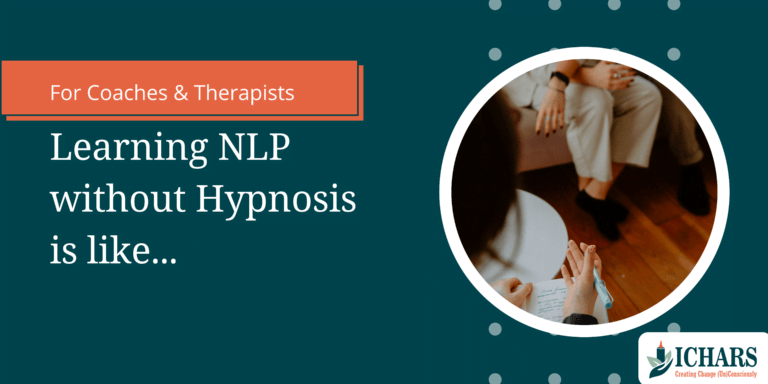Conventional therapeutic practices typically took a long time to yield results that clients look for. This led to a search for faster and more efficient methods of counselling and therapy. And soon many realized that this endeavor would remain futile without an understanding of the subconscious (or the unconscious) mind and without aligning it with the goals of the conscious mind.
Neuro Linguistic Programming was developed in the 1970s by John Grinder and Richard Bandler based on the work of noted practitioners, such as Milton Erickson, Virginia Satir and Fritz Perls. Initially, NLP was used as a tool for people to learn how others achieve success and model the same to achieve success themselves.

However, today NLP is used in a wide variety of fields, including counseling, therapy, law, business, education, the performing arts, and more.
All is good so far.
However, the founders of NLP (who did acknowledge the importance of hypnosis) did not really explain that all change processes in NLP were based in hypnosis.
While NLP can effectively help people change behavioural patterns, break limiting beliefs, and overcome phobias, it does not explain how! Not only that, not many practitioners are aware of this fact and that can significantly limit what they are trying to achieve with clients, whether it is coaching or therapy.
It is for this reason that in our humble opinion, especially for coaches and therapists who are interested in fully utilizing the power of NLP, it is a must to get trained in Hypnosis as well.
You may wonder:
Why it is important to understand Hypnosis if NLP can yield effective results!
The short answer to that is learning to use and apply NLP in coaching and therapy WITHOUT the knowledge and application of hypnosis is somewhat like a billboard painter, who has never learnt the alphabet and merely draws (not writes) the words he is asked to, without understanding the true meaning of those words. So, the day the painter loses that piece of paper with the words drawn on it, s/he is at a complete loss.
And for those of you, who love long explanations, read on.

NLP focuses on how people learn. So, instead of someone who has a phobia, if one could model someone who had overcome a phobia, they would be able to do the same.
A core concept of NLP – “Map is not the territory” emphasizes the importance of subjective reality, the patterns that people follow and how that influences their reality further.
This gives us a set of tools that are remarkably capable of creating rapid change in behaviours and emotional states to achieve success.
We now know, after having studied and deployed hypnosis in therapy with hundreds of clients, that these patterns, thoughts, emotions are all automatic. And it is the subconscious or unconscious mind that is responsible for these automatic responses.
And, hypnosis is the single most effective instrument of communicating with and creating changes in the subconscious.
Let’s understand Hypnosis a little here.

Hypnosis can be defined as a state of hyper suggestibility.
In other words, a person’s subconscious is more receptive to suggestions in the hypnotic state. These suggestions are the ones they consciously want to accept, but are not able to, with conscious effort.
So, the therapist can suggest the same to the client in the hypnotic state in order to create changes in their automatic thoughts, emotions and behaviours. This enables the client to achieve the desired changes they are looking for.
While the change processes used in NLP are all using hypnosis, a lack of the complete understanding and applications of hypnosis may leave the practitioner and the client in a tough spot, when the process doesn’t go as exactly planned.
On the other hand, when the practitioner is skilled in using hypnosis, they become capable of handling a massive variety of situations that may arise in therapy.
For example, if you are using the NLP phobia cure and your client can’t visualize the setting you are asking them to visualize or if the client suffers a relapse, you know what to do next.

While training practitioners, I often use the analogy of NLP being a set of the most wonderful tools of change, but Hypnosis is the manual for these tools that allows you to use them together to create something new – the exact change your client is looking for.
And it doesn’t stop at that. This change is not only rapid, but also sustainable – lasts for a long time!
We, at ICHARS, follow an eclectic approach to coaching and therapy which seamlessly integrates the major psychological approaches with Hypnosis, NLP, metaphors and mindfulness in a manner that is easy-to-apply for the practitioner and brings sustainable, faster results for the client.
If this article has piqued your interest and you wish to know more, check out Cognitive Hypnotic Coaching and Psychotherapy and how it can help you become a skilled, efficient coach or psychotherapist.

